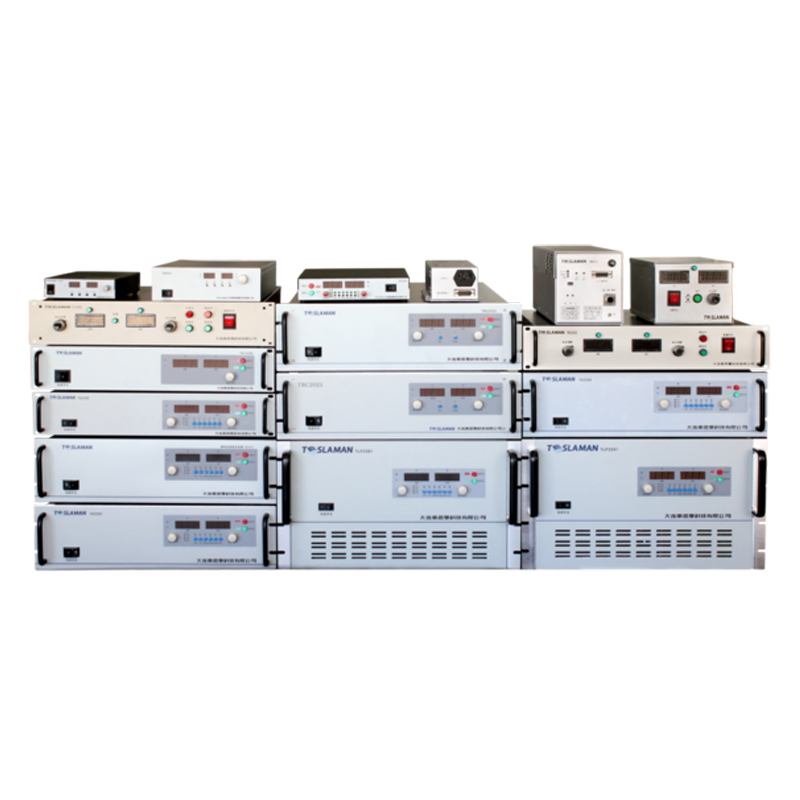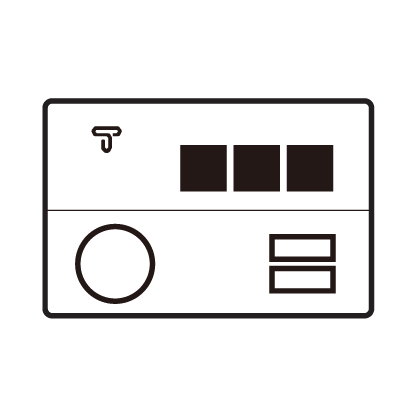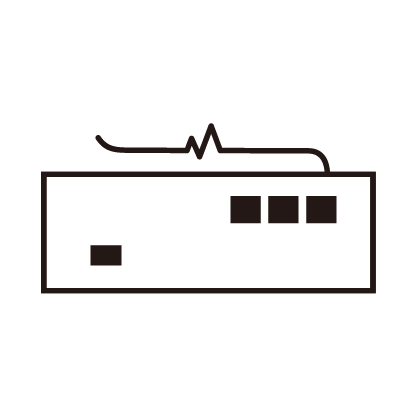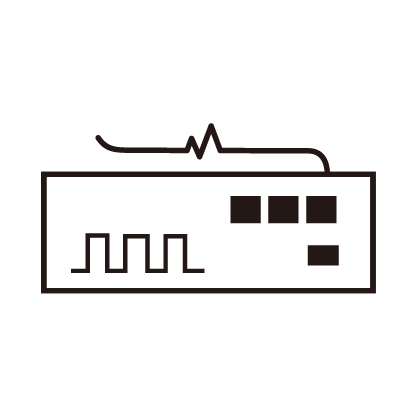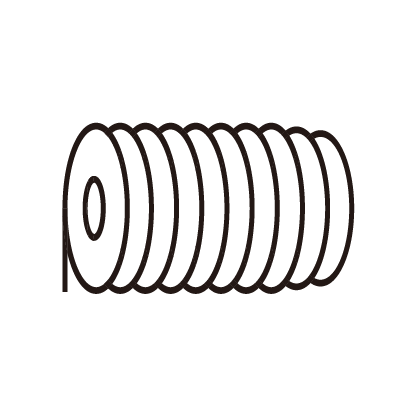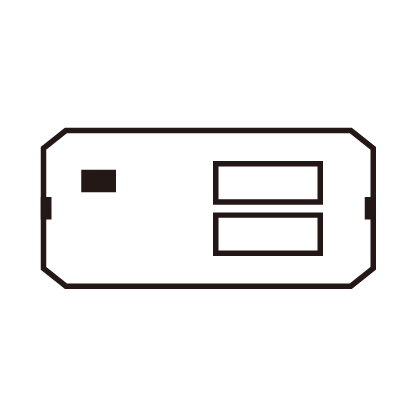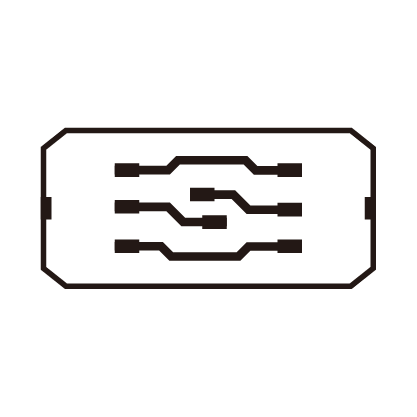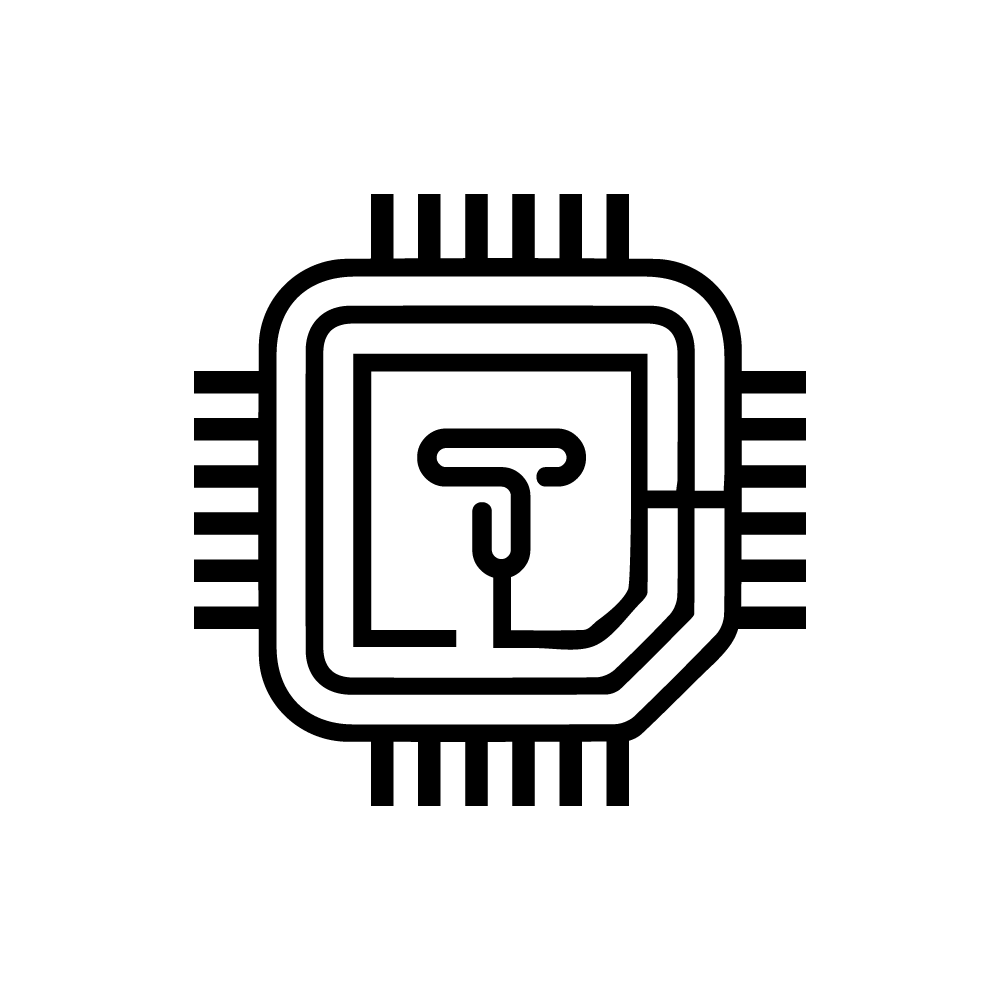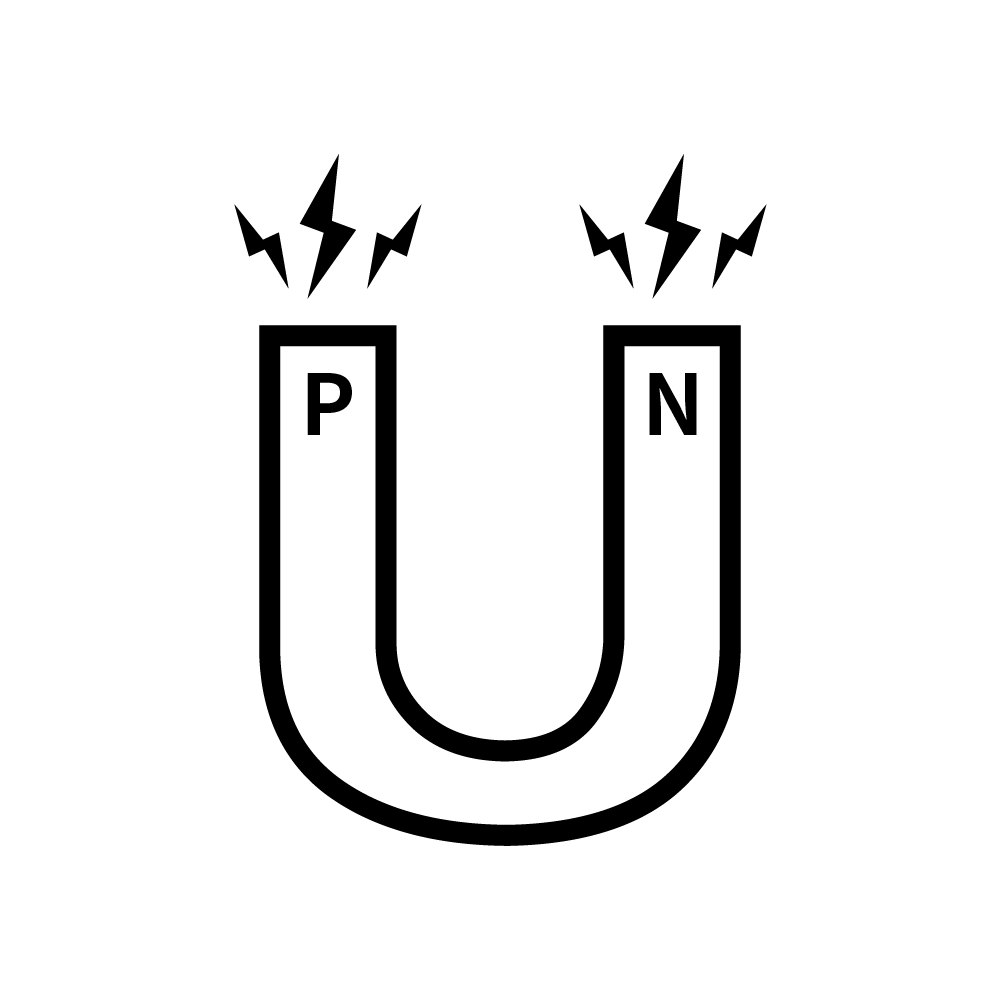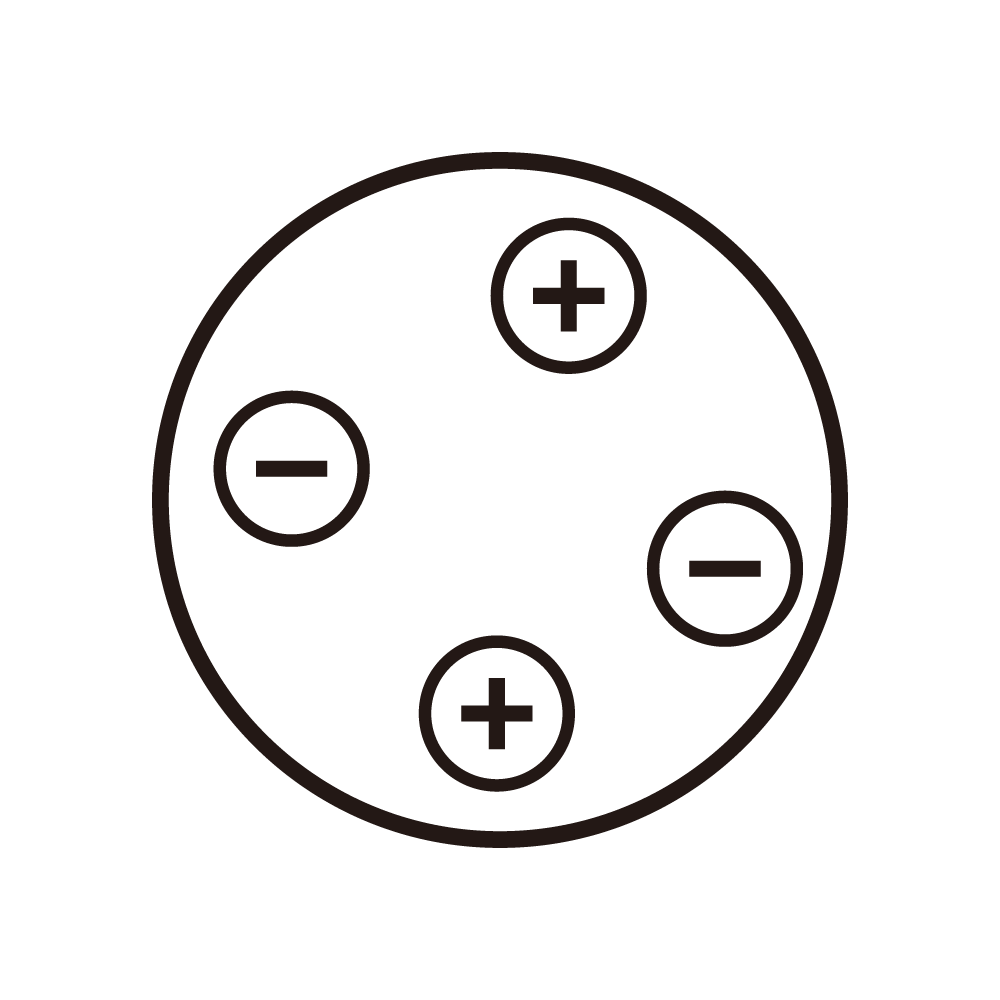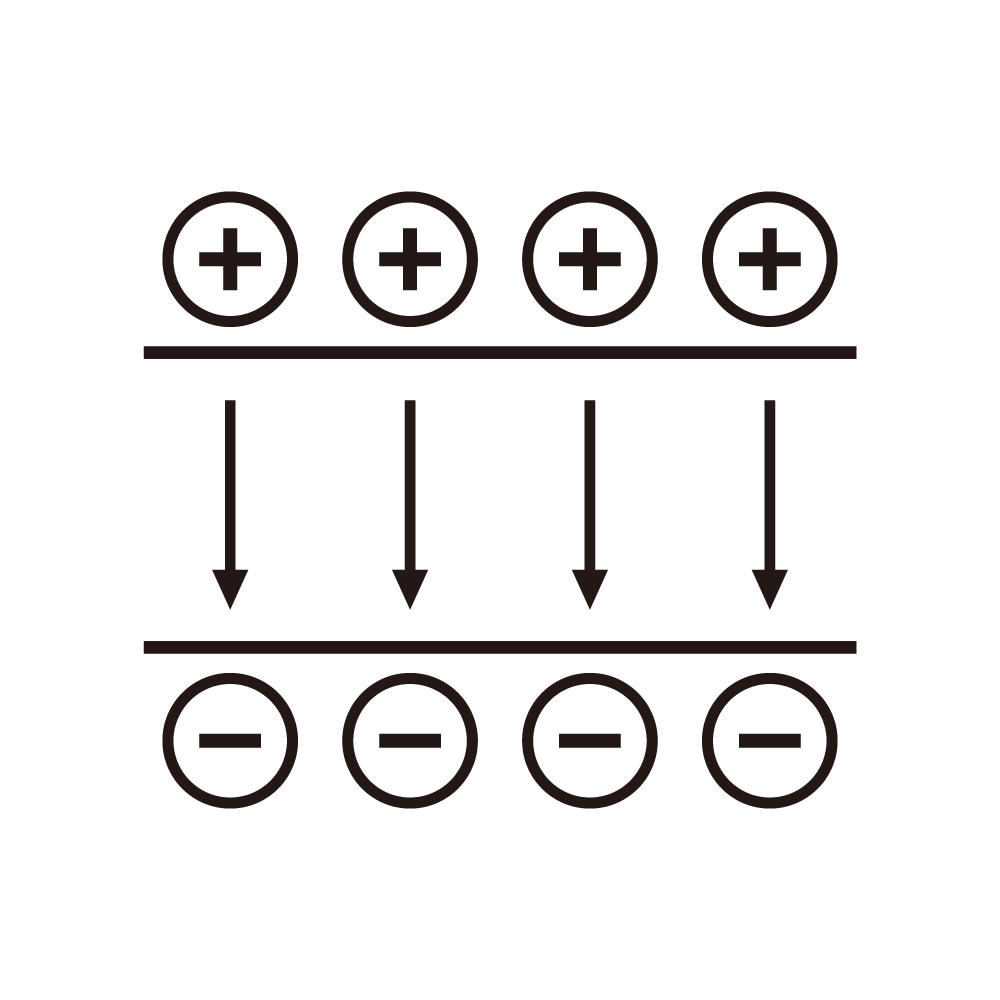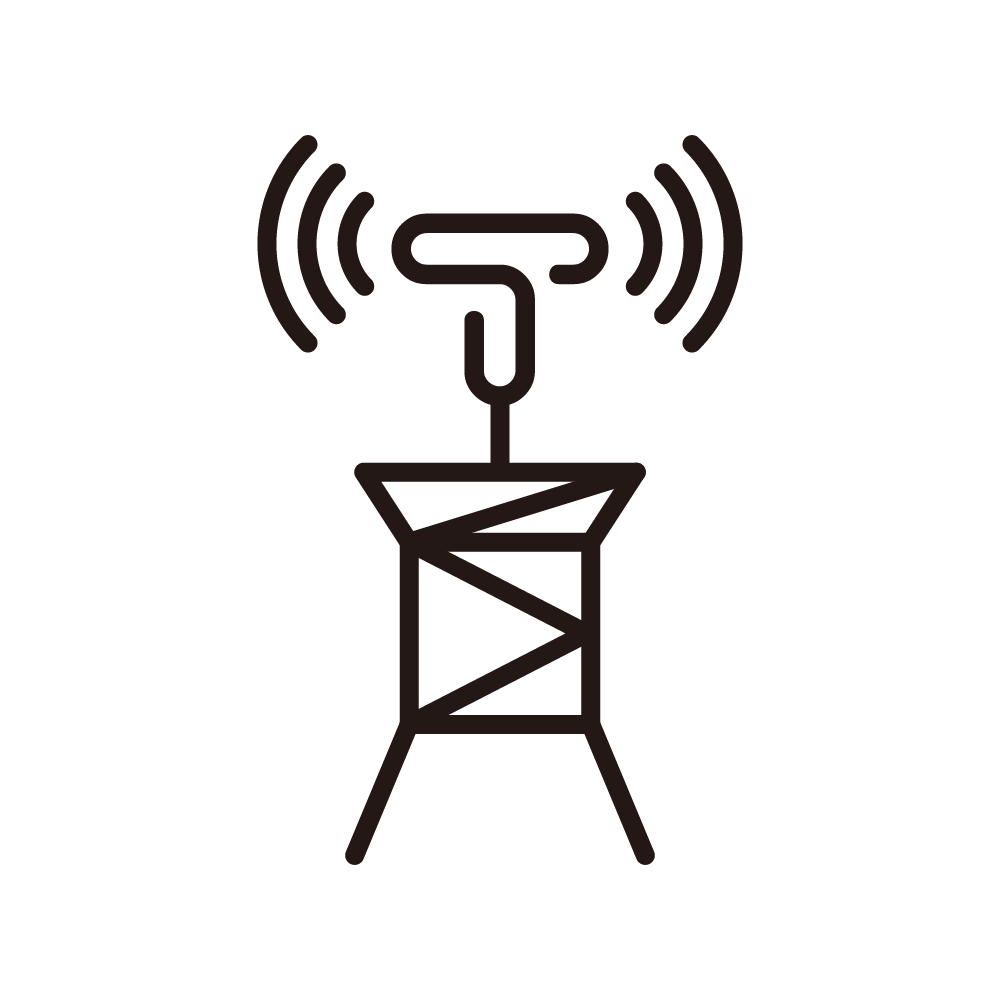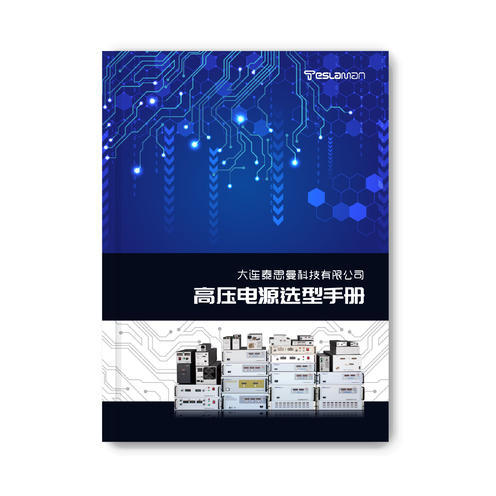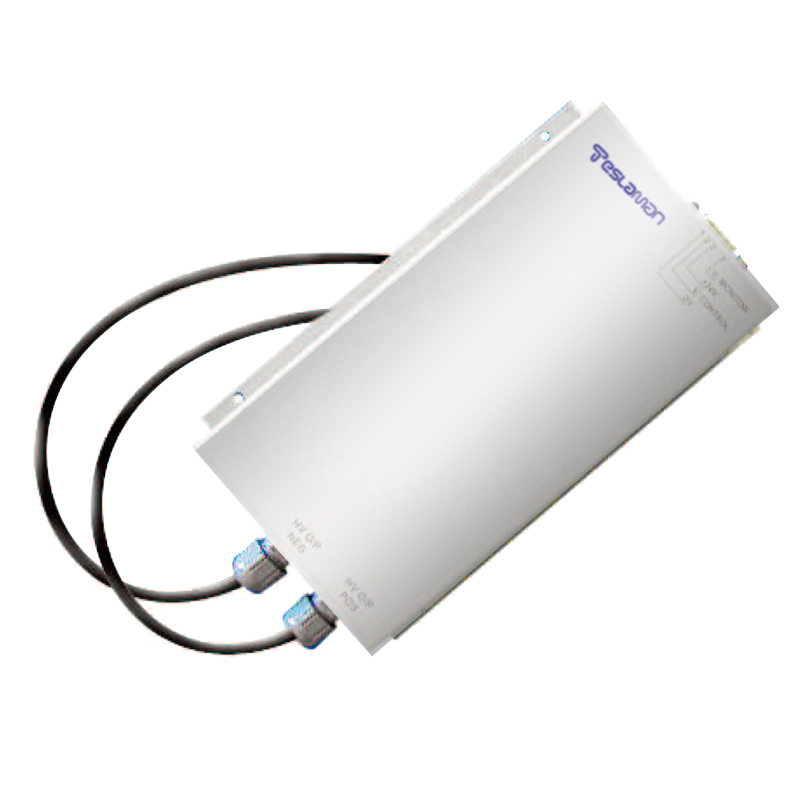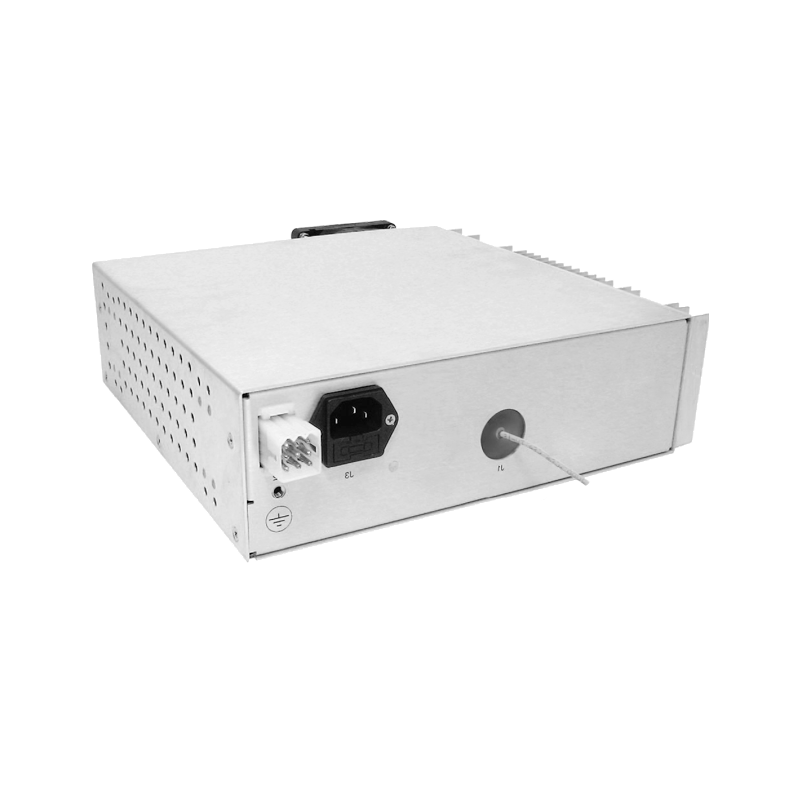Selection and Application of Electromagnetic Interference Suppression Materials for AC-DC Power Supplies
AC-DC power supplies are essential components in household appliances, industrial automation equipment, and consumer electronics, converting alternating current (AC) into stable direct current (DC) for load use. However, during the conversion process, the switching action of power semiconductors (such as MOSFETs and IGBTs) generates electromagnetic interference (EMI), which includes conducted interference (propagated through power lines) and radiated interference (propagated through space). EMI not only interferes with the normal operation of surrounding electronic equipment (such as causing signal distortion in communication devices) but also fails to meet international electromagnetic compatibility (EMC) standards (such as EN 55022 and CISPR 22), restricting the market access of AC-DC power supplies. The selection and rational application of EMI suppression materials are key to solving this problem.
The EMI suppression materials for AC-DC power supplies are classified into four categories based on their functions, and their selection criteria and application methods are as follows: (1) Ferrite materials: Suitable for suppressing high-frequency conducted interference (10 kHz-1 GHz). Nickel-zinc (Ni-Zn) ferrite with high initial permeability (μi > 10,000) and low loss factor (tanδ < 0.01 at 1 MHz) is preferred, as it has excellent impedance characteristics at high frequencies. In application, the ferrite core is clamped on the input/output power lines of the AC-DC power supply (with a turns ratio of 1:1 for common-mode chokes), forming a common-mode filter that attenuates common-mode conducted interference. The test results show that a Ni-Zn ferrite choke with an outer diameter of 20 mm can reduce common-mode conducted interference by 15-25 dB at 100 kHz-10 MHz. (2) Conductive shielding materials: Used to suppress radiated interference. Copper foil (thickness: 0.03-0.1 mm, electrical conductivity: 58 MS/m) and aluminum foil (thickness: 0.05-0.2 mm, electrical conductivity: 37 MS/m) are commonly used; they are wrapped around the AC-DC power supply shell or the internal PCB (printed circuit board) to form a closed shielding cavity, preventing the leakage of radiated EMI. For high-frequency radiated interference (above 1 GHz), a copper-nickel alloy foil with better corrosion resistance is selected to avoid oxidation affecting shielding performance. (3) Absorptive materials: Effective for absorbing specific frequency bands of radiated interference. Ferrite absorptive sheets (thickness: 0.1-0.5 mm, absorption bandwidth: 300 MHz-6 GHz) are pasted on the surface of high-noise components (such as transformers and inductors) in the AC-DC power supply; the material converts the electromagnetic energy of EMI into heat energy through magnetic loss, reducing the reflection and propagation of radiated interference. (4) Damping materials: Used to reduce mechanical vibration-induced EMI. Silicone-based damping pads (damping coefficient: 0.3-0.5) are placed between the transformer and the power supply shell, as the vibration of the transformer core (caused by magnetostriction) can generate low-frequency EMI (below 1 kHz); the damping pad absorbs vibration energy, reducing the transmission of vibration-induced EMI.
In the design of a 200 W AC-DC power supply (input: 100-240 V AC, output: 12 V DC), a combination of Ni-Zn ferrite common-mode chokes, copper foil shielding, and ferrite absorptive sheets was used. The EMC test results showed that the conducted interference met the EN 55022 Class B standard (≤ 40 dBμV at 50 kHz-500 kHz), and the radiated interference was ≤ 30 dBμV/m at 30 MHz-1 GHz, which fully complied with international standards. This application case proves that the rational selection and matching of EMI suppression materials can effectively improve the EMC performance of AC-DC power supplies.
